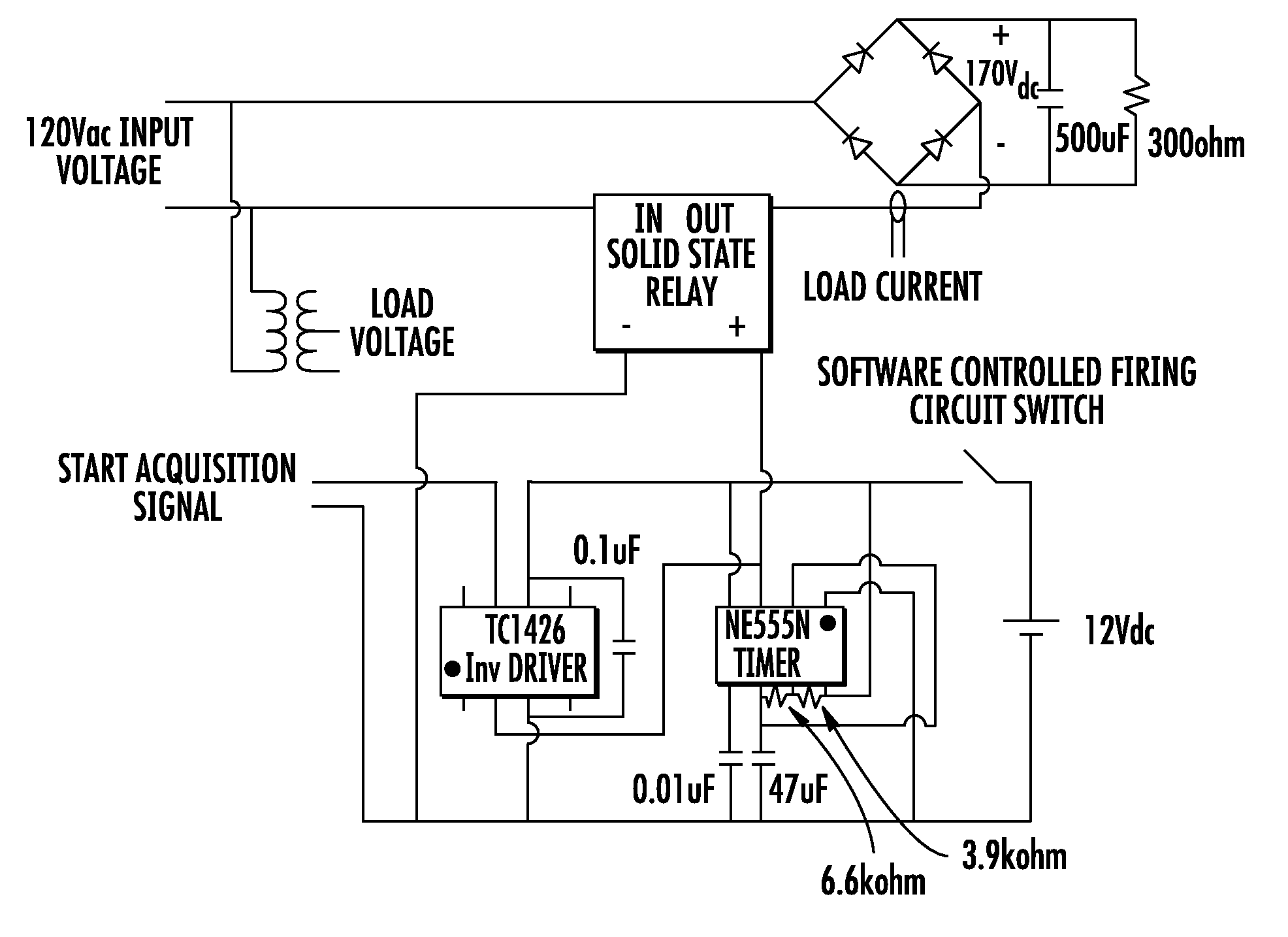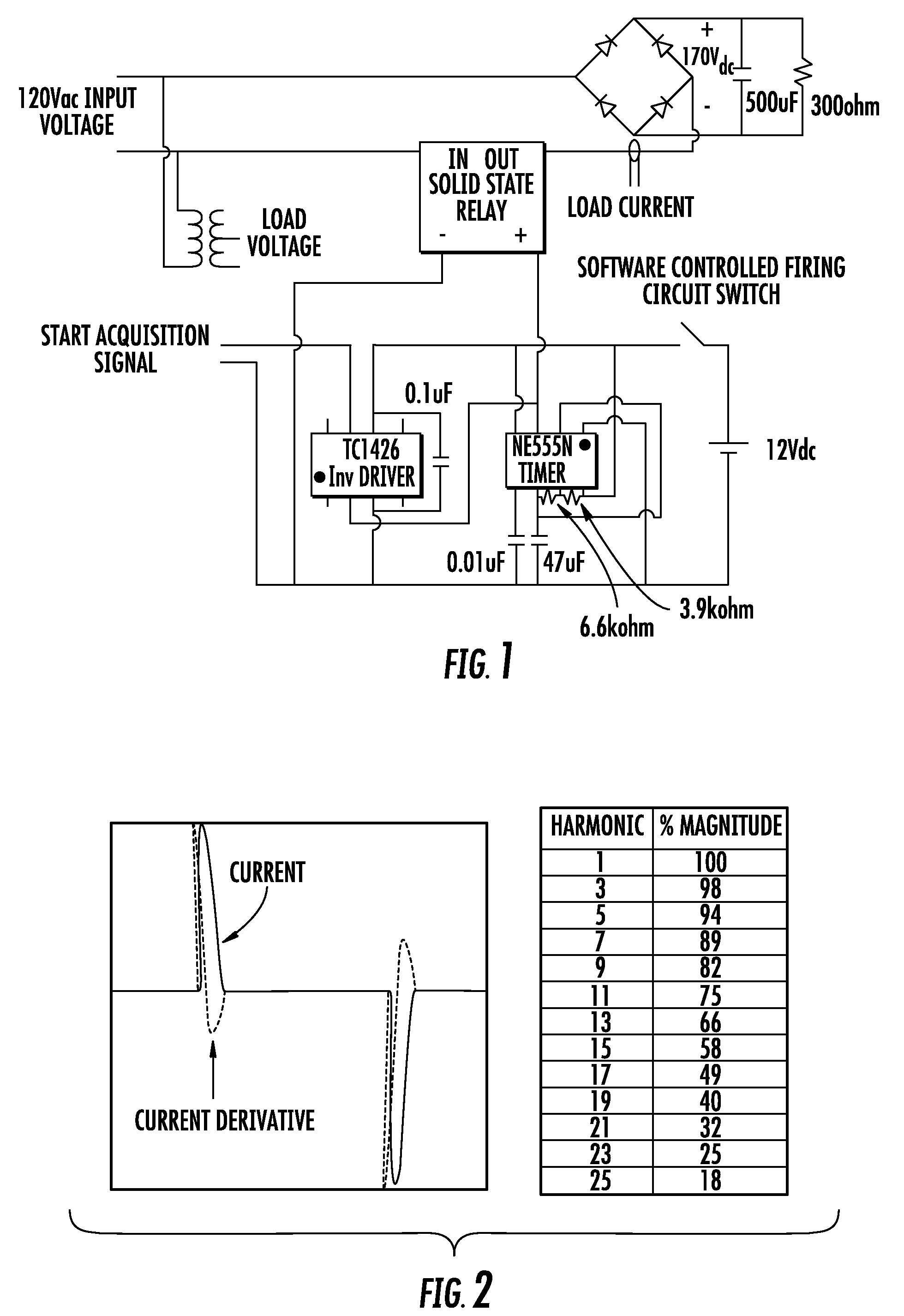Passive agent system impedance monitoring station and method
a passive agent and monitoring station technology, applied in the field of impedance monitoring stations, can solve the problems of difficult to determine system impedance, significant voltage drop between measurement points, and limited prior art methods
- Summary
- Abstract
- Description
- Claims
- Application Information
AI Technical Summary
Benefits of technology
Problems solved by technology
Method used
Image
Examples
Embodiment Construction
[0027]Referring to the drawings, an exemplary passive agent system impedance monitoring station (PASIMS) constructed according to the present invention is illustrated in FIG. 1. PASIMS incorporates two techniques to solve for system impedance. The first technique is to solve for system impedance in the time domain using actual system response. The second is to solve the system impedance in the frequency domain by interpolating the impedance from individual harmonic current and voltage measurements.
[0028]The time domain technique uses the actual time domain response of the system due to the power electronic load. This results in a dip in voltage only at the peak of the voltage waveform. This is due to the power electronic load being designed to have an approximately 5% DC voltage ripple. For PASIMS, a relatively small load (100 W on rectified 120Vac or 350 W on rectified 277Vac) causes a significant voltage dip as seen in FIG. 2.
[0029]The initial procedure for measuring system impeda...
PUM
 Login to View More
Login to View More Abstract
Description
Claims
Application Information
 Login to View More
Login to View More - R&D
- Intellectual Property
- Life Sciences
- Materials
- Tech Scout
- Unparalleled Data Quality
- Higher Quality Content
- 60% Fewer Hallucinations
Browse by: Latest US Patents, China's latest patents, Technical Efficacy Thesaurus, Application Domain, Technology Topic, Popular Technical Reports.
© 2025 PatSnap. All rights reserved.Legal|Privacy policy|Modern Slavery Act Transparency Statement|Sitemap|About US| Contact US: help@patsnap.com



